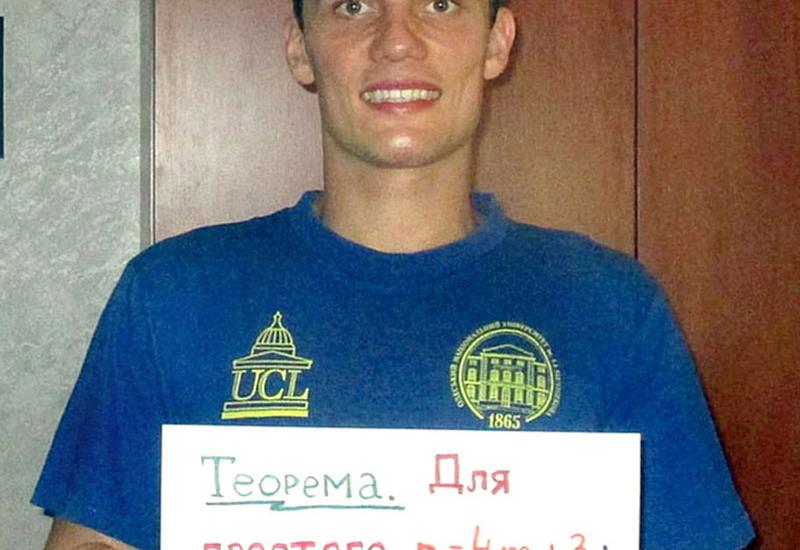Undoubtedly, cyber security is extremely important today, because victory is not only earned by courage, but also by technology in the current war, as the strides of the Armed Forces show. And information processing methods are gaining importance among other things. This is taught, in particular, at the Educational and Research Institute of Physics and Technology.
The theory of equations in integers is a branch of mathematics that is actively developing. Such equations have many applications in modern methods of information processing. Certain types of such equations are actively studied at the Institute of Physics and Technology. In particular, considerable attention is paid to elliptic curves. Encryption algorithms based on elliptic curves have high speed and reliability characteristics. Some cryptographic applications of elliptic curves are even included in government information security standards. Anatolii Volodymyrovych Bessalov, professor of the Educational and Research Institute of Physics and Technology, has been teaching the subject of cryptography on elliptic curves for senior students for many years.
When studying elliptic curves, challenging issues often come up, the study of which forms the basis of scientific articles. A few years ago, A.V. Bessalov noticed an interesting feature of a certain type of elliptic curve, which are called Edwards curves. It was noticed during computer calculations.

This regularity "worked" only for prime numbers p of the form 8k+3 or 8k+7. For the numbers p=8k+1 or 8k+5 there was no predictability of the number of solutions! Such tasks are usually particularly difficult. If the statement is only true for a separate class of numbers, one must very carefully search for exactly which properties of this class ensure the correctness of the theorem. Moreover, there was no discernible system in solutions. For each p=8k+3 solutions were distributed quite randomly, but each time there were exactly p+1 of them!
In addition, the number of solutions of the equation depends on how difficult it will be to decipher the coding if the information is suddenly intercepted.
Oleksandr Rybak, a graduate of the IPT, managed to verify A.V. Bessalov’s hypothesis. Since 2013, Oleksandr has been working as a teacher at his alma mater. His article with a full proof was published in the journal "Theoretical and Applied Cybersecurity", which is published on the basis of the Educational and Research Institute of Physics and Technology of Igor Sikorsky Kyiv Polytechnic Institute, in early 2022.
Oleksandr told about his work: "For more than two months, I have thought about the hypothesis, but I could not get anywhere. Finally, I did choose a successful approach. It took about four more months to find the necessary proof of the divisibility of a certain expression by the number p. I was engaged in my thesis at the same time, so things didn't go very fast, but then I had a rough idea of where to go.
During my school and student years, I was fond of participating in mathematics contests. At such competitions, you often have to look for an unexpected approach to the task. It may have helped me. (Additionally, Oleksandr Rybak was not only enthusiastic about contests, but also successfully won. He was the only one in all the years of the IMC International Mathematics Competition for University Students existence to win the Grand Prix three years in a row. – Ed.).
And then I started working on the article. On-again-off-again, it took a long time, I wanted to write well, moreover, in English. I hope my findings will be useful to scientists."

